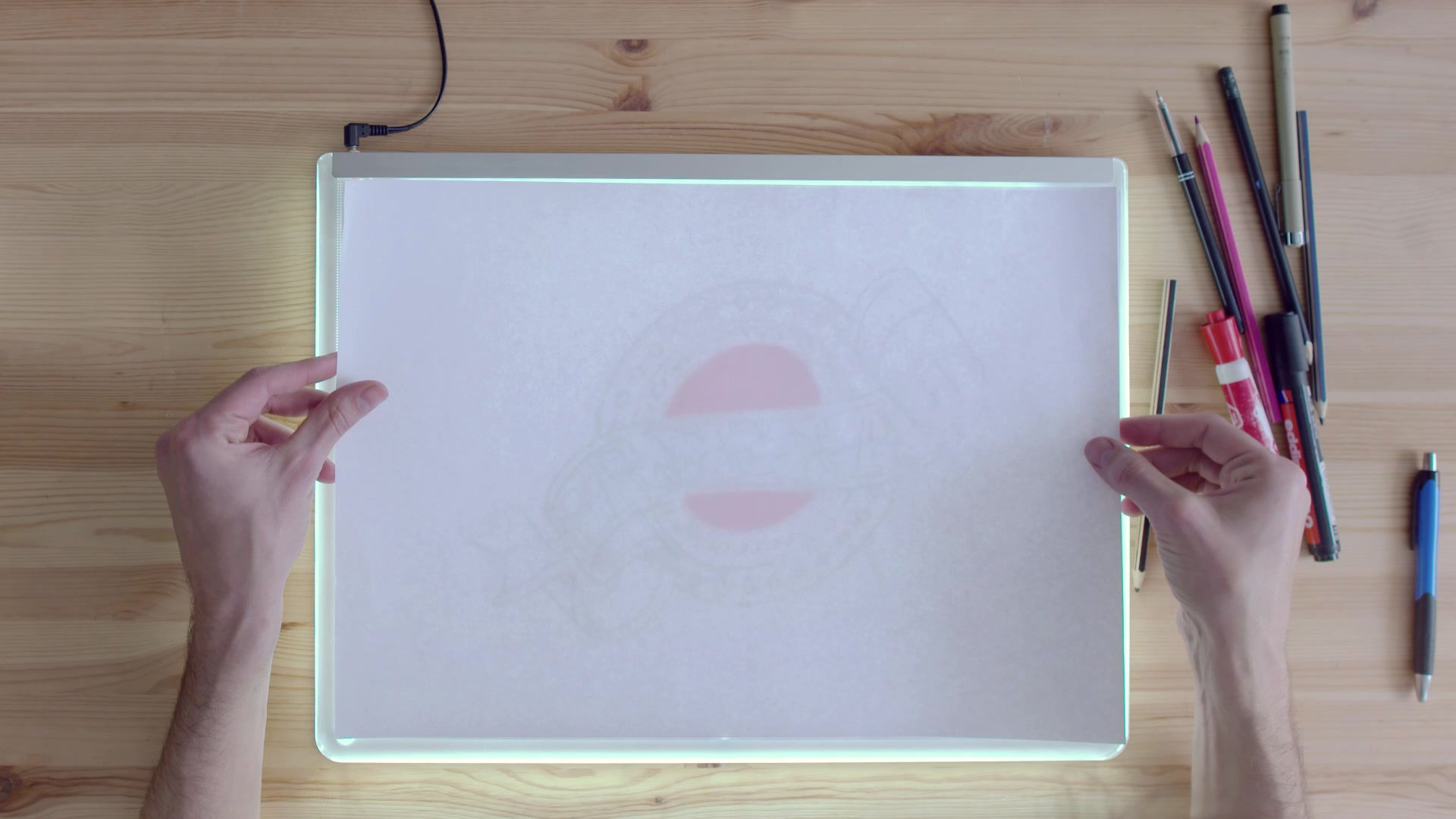Deaf People's Communication with Hearing People: Learning ASL and Written/Gestural Communication
- Cheryll Atienza

- Apr 19, 2023
- 3 min read
Updated: Apr 21, 2023

Communication is an essential aspect of human interaction, and it is particularly crucial when it comes to individuals who are Deaf or hard of hearing. People with hearing impairments often face challenges in communicating with hearing individuals, and this can lead to misunderstandings and even social isolation. Fortunately, there are several ways that hearing individuals can communicate effectively with the Deaf or hard of hearing, including using American Sign Language (ASL) and written or gestural communication. In this article, we will explore these communication methods and provide tips for positive interactions.
Understanding the Importance of Effective Communication
Effective communication is essential for everyone, regardless of hearing abilities. However, individuals who are Deaf or hard of hearing often face unique challenges in communicating with others, especially those who do not know ASL or are unfamiliar with written or gestural communication. This can lead to feelings of frustration, isolation, and even depression, making it crucial for hearing individuals to learn how to communicate effectively with those who are Deaf or hard of hearing.
Learning American Sign Language (ASL)
American Sign Language is a visual language that is used by the Deaf community in the United States and Canada. It is a complex language with its own grammar and syntax, and it is not simply a visual representation of spoken English. ASL is a rich and expressive language that uses a combination of hand gestures, facial expressions, and body language to convey meaning.
If you want to communicate effectively with someone who is Deaf or hard of hearing, learning ASL is an excellent place to start. There are many resources available for learning ASL, including online courses, books, and community classes. It is important to note that learning ASL takes time and dedication, but the effort is well worth it when it comes to building positive relationships with the Deaf community.
Written and Gestural Communication
In addition to ASL, written and gestural communication can also be effective ways to communicate with individuals who are Deaf or hard of hearing. Written communication can be particularly useful in situations where it is not practical to use ASL, such as in noisy environments or during meetings. Gestural communication, which involves using facial expressions, body language, and hand gestures, can also be effective in conveying meaning.
When using written or gestural communication, it is important to keep in mind that clarity is key. Use simple language and avoid complex sentence structures or idioms that may be difficult to understand. When using gestural communication, be aware of your body language and facial expressions, as these can convey subtle nuances of meaning.
Tips for Positive Interactions
When communicating with someone who is Deaf or hard of hearing, it is important to approach the interaction with sensitivity and respect. Here are some tips for positive interactions:
Introduce yourself and ask the person's preferred method of communication.
If the person uses ASL, ask for clarification if you do not understand something.
When using written communication, be sure to use clear and concise language.
Speak clearly and at a moderate pace, and make sure the person can see your face and lips.
Avoid talking with your hands in front of your face, as this can make it difficult for the person to read your lips.
If you are in a group setting, make sure the person who is deaf or hard of hearing has a clear view of the speaker.
Be patient and understanding, and do not be afraid to ask questions if you are unsure of something.
Effective communication is essential for building positive relationships with individuals who are Deaf or hard of hearing. Learning ASL and using written and gestural communication can be effective ways to communicate with the deaf community. By approaching interactions with sensitivity and respect and following the tips for positive interactions outlined above, hearing individuals can create meaningful connections with those who are Deaf or hard of hearing. It is important to remember that effective communication is a two-way street, and both parties must make an effort to understand and accommodate each other's needs.
In addition to learning ASL and using written or gestural communication, hearing individuals can also take steps to create a more inclusive environment for the Deaf community. This can include providing visual aids during presentations or meetings, offering assistive technology or interpretation services, and educating others about Deaf culture and communication methods.
In conclusion, effective communication is essential for positive interactions with individuals who are Deaf or hard of hearing. Learning ASL and using written or gestural communication can be effective ways to communicate with the Deaf community, and approaching interactions with sensitivity and respect is key. By making an effort to understand and accommodate each other's needs, hearing individuals can build meaningful relationships with those who are Deaf or hard of hearing and create a more inclusive and welcoming environment for all.























































Comments